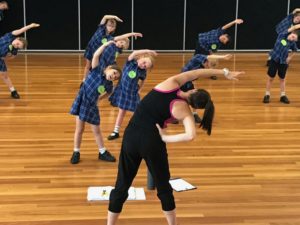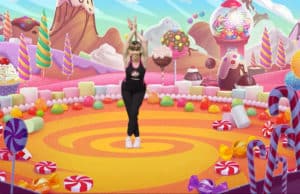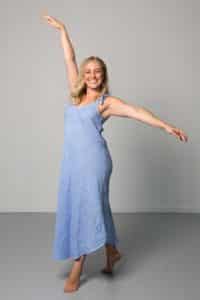Turning stories into dances
Who doesn’t love a good story? Children especially are enamoured with a good tale… Just think how quiet your students can be when you sit down for story-time? How engrossed can they become when deep into an adventure? Well why not take this a skip, leap and jump further as you turn them into dances! It may not be as quiet, but you’ll have them thinking in abstract and creative ways as they physicalise the illustrations of the pages into three dimensional movement phrases.
You can use anything from a nursery rhyme or your favourite tale, to a story they make themselves or even a narrative made from emoji’s. To start turning these stories into dances you’ll want to begin with miming any actions in the narrative, for example, Incy Wincy Spider climbed up the water spout. You can also add actions to parts of the story, for example, Incy Wincy Spider is given a jumpy/swaying movement, and whenever his name is mentioned the students perform his movement. From there the key is to have the students begin to travel around different parts of the room connecting different movements together until they have a ‘dance’ of the story.
TIP – It’s super helpful in choreographic activities to have a list of locomotor and non-locomotor dance movements that students can choose from if they are stuck for ideas.
Below is an activity based on “Little Miss Muffet”
1 – Have the students find a partner and choose a character of Miss Muffet or the Spider
2 – Each student creates a 4 count ‘Motif’ to represent their character using non-locomotor movements. Eg – Miss Muffet might do a twirl followed by 2 prances flicking her hair
3 – The students mime through the story using the actions ‘sat, ‘eating’, ‘sat down beside her’ and ‘frightened her away’, but pause the story slightly to perform their motif movement when their character’s name is mentioned.
4 – The students are then to swap out each action for a locomotor dance movement. Eg – ‘Sat’ becomes a traveling turn to sit, or a roll to the floor. ‘Eating’ might become a galop from side to side with spoon to mouth movements with their hands.
5 – Students then practise the story the whole way through with character motifs and their new movements. You could then have them rehearse it to some music dropping the narration of the story and choose some partners to perform for the class. (Choose ones that are diverse to each other so the students can see how the same story can be interpreted in different ways.)



